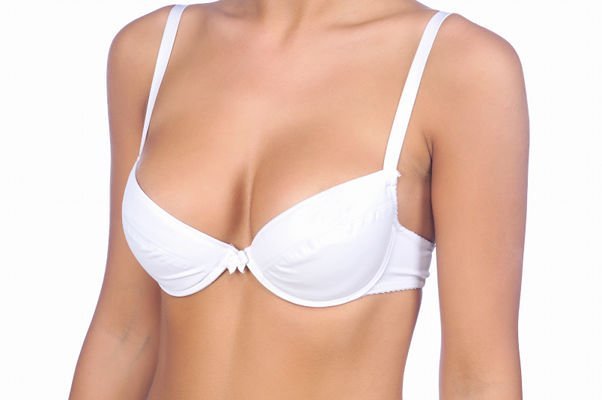Lipotransfer or autologous fat grafting is a totally compatible natural filler for breasts. It can be applied for both aesthetic and repair purposes. IML has optimised the procedure, by enriching the fat tissue with growth factors, which guarantee its survival in the recipient site.
Lipotransfer consists of extracting the patient's fat tissue to implant it into other areas, aimed at increasing the volume or correct asymmetries in the recipient area.
Lipotransfer optimisation is based on enriching donor fat with growth factors, to achieve graft vascularisation development and its subsequent survival in the recipient area.

Lipotransfer does not replace breast augmentation with implants, since each technique has its particular indications and requirements.
In order to perform lipotransfer, the patient should have sufficient fat tissue on the donor areas (abdomen and hips). In cases of very thin patients, the best option for increased breast volume is breast augmentation with implants.
However, if the patient wants to increase their breast volume by two or more sizes, implants are the best option, since the enhancement achieved with autologous fat is smaller and on occasion, may require several lipotransfer stages to reach the desired augmentation, which also increases the treatment cost.
Lipotransfer is a minor, outpatient surgical procedure, which takes approximately 90 minutes and is divided into three stages:
The physician marks the area on the donor where the fat is to be harvested for the graft, preferably on the abdomen or trochanters.
Local anaesthesia is applied using the tumescent technique (Klein's formula). This consists of the infiltration of a lidocaine and adrenaline based anaesthetic solution, which reduces bleeding and allows for more effective aspiration of the fat.
An incision is made and the fat is extracted through a 3 mm diameter cannula that prevents destruction of the adipocytes.
Once the donor fat is harvested, the result is completed with dual power laser using the Lipolaser® technique, aimed at evening out the eliminated fat tissue and contracting the donor skin site.
A small blood sample is taken from the patient. This is then put through a centrifuge process to separate the different components in the blood, according to its density. One of the fractions obtained is growth factors, which enhance neovascularisation and cell regeneration.
Optimisation consists of mixing the growth factors with the donor fat tissue, aimed at improving its survival in the recipient area.
Distal incisions are performed on the submammary crease and axillary fold. These are 2 mm hidden incisions and generally do not require suturing.
The optimised fat is infiltrated through the cannula and deposited in pearl-form at different depths. This is the optimal disposition for the fat to take hold in the breasts.
Would you like to find out if optimised lipotransfer is the best technique for you? Request a free informative consultation with one of our surgeons.